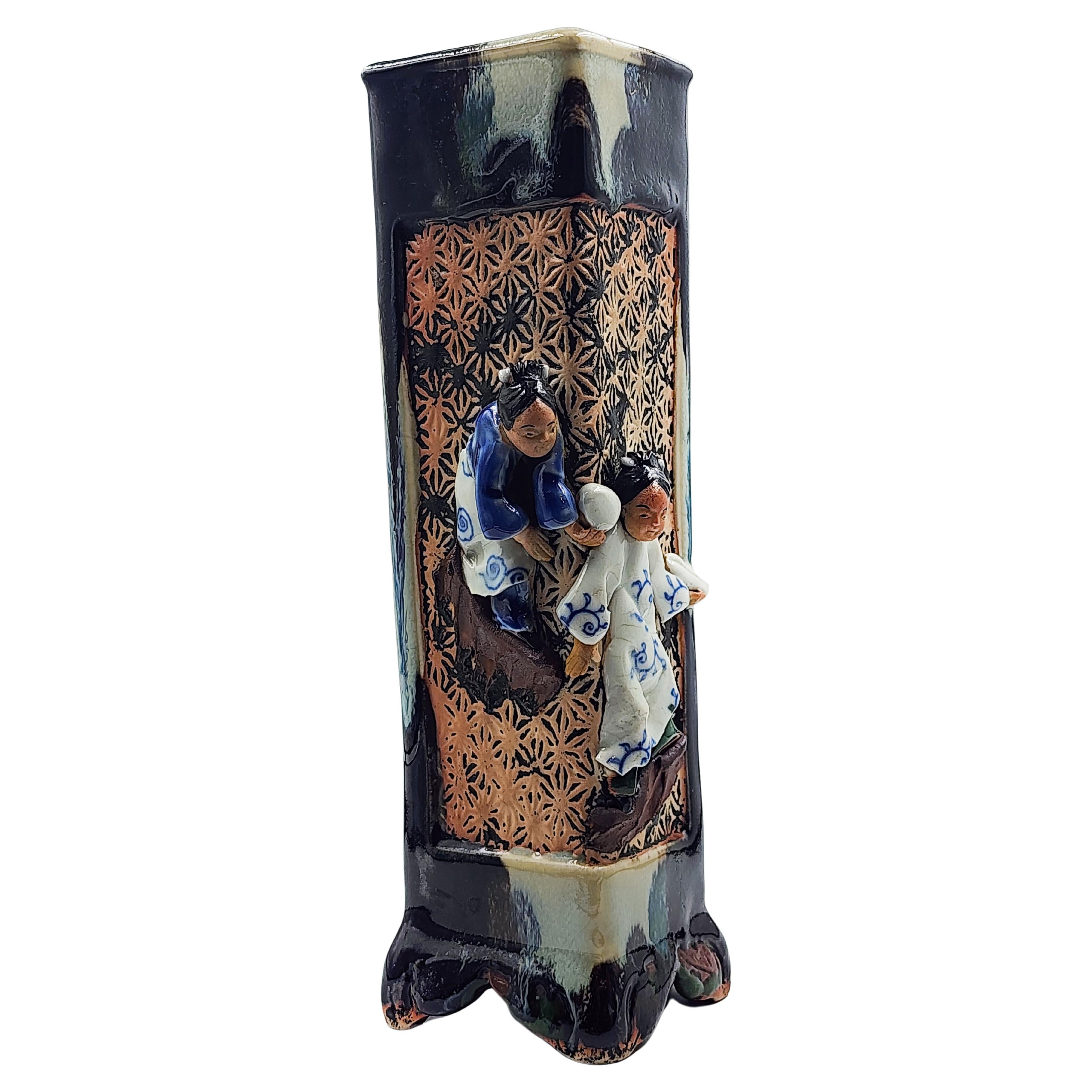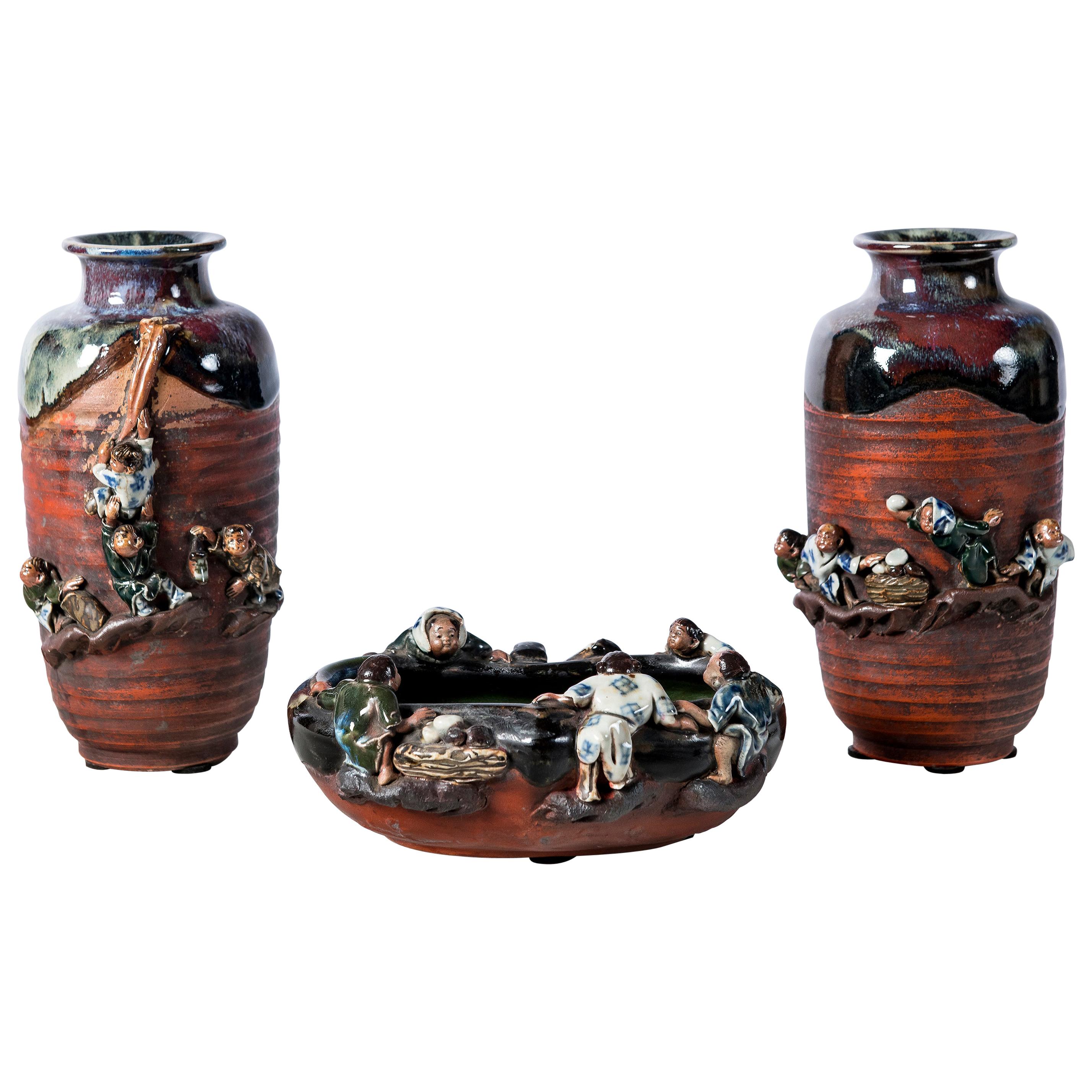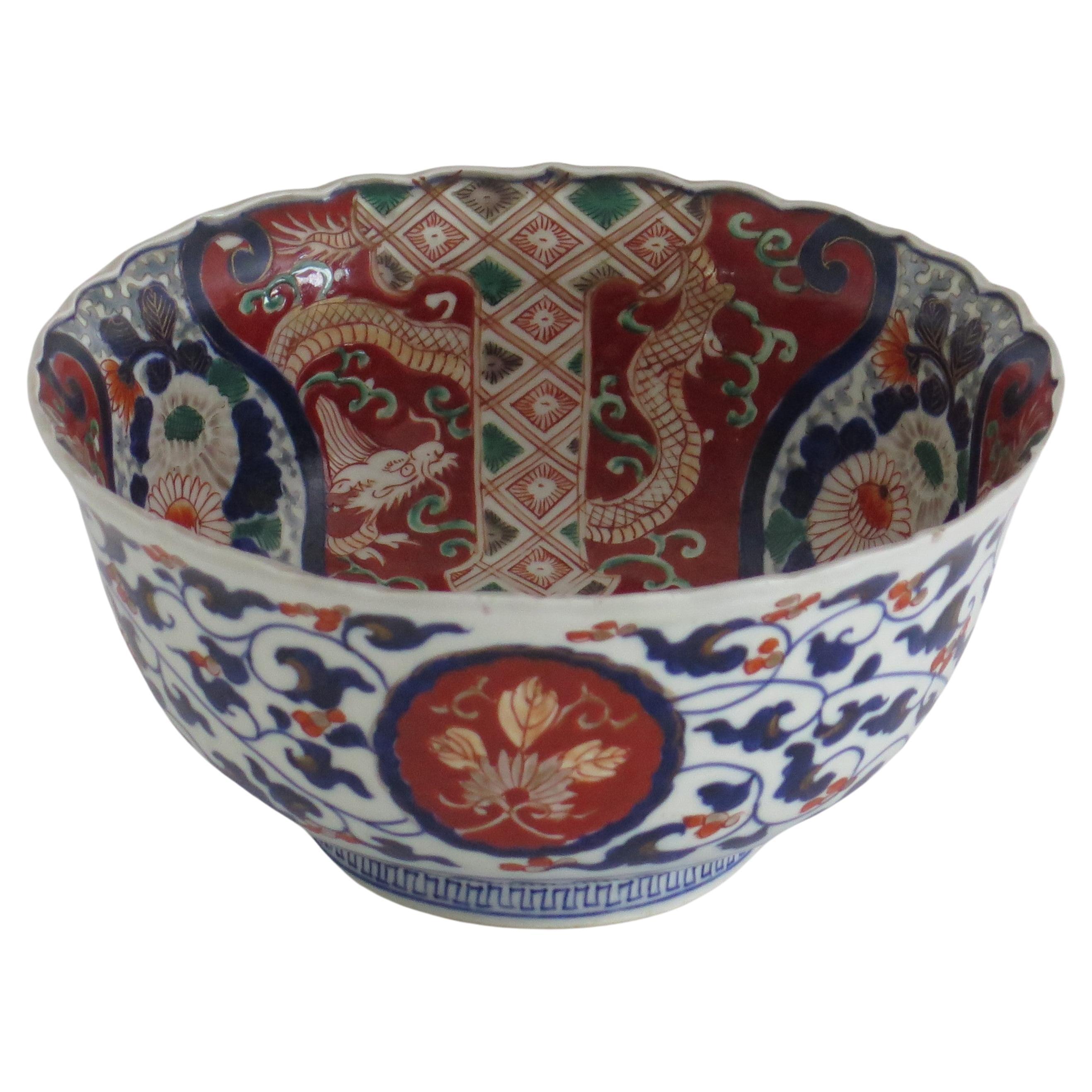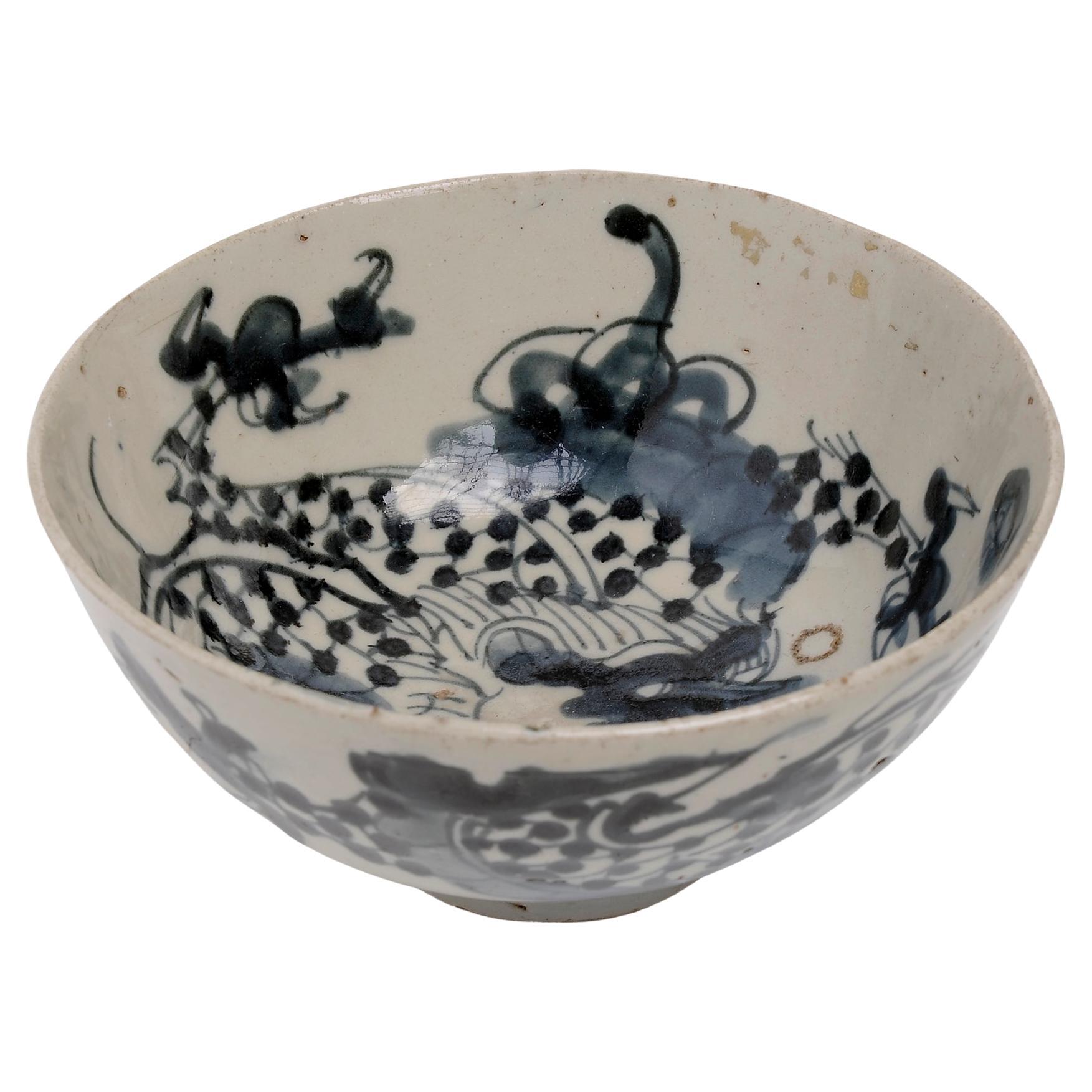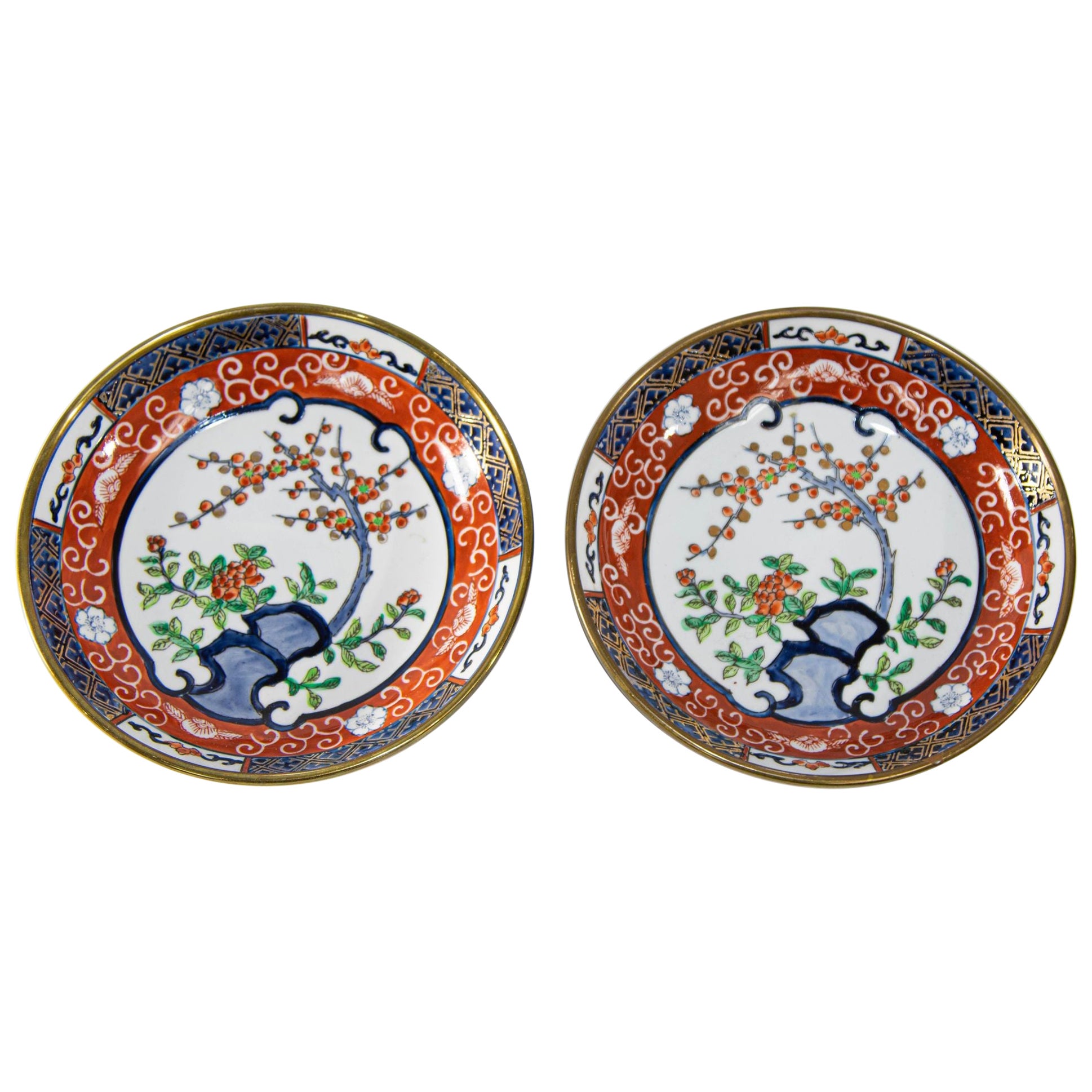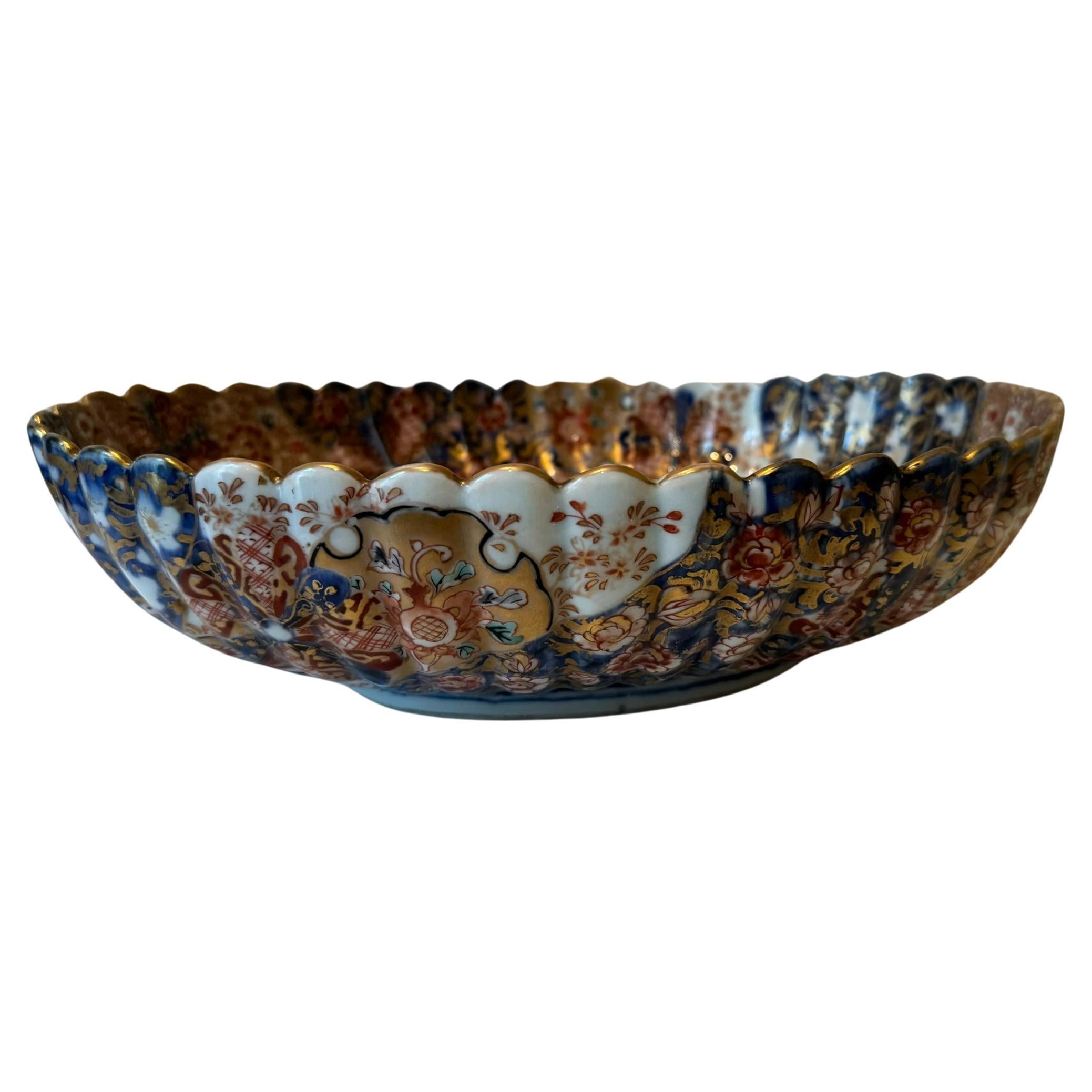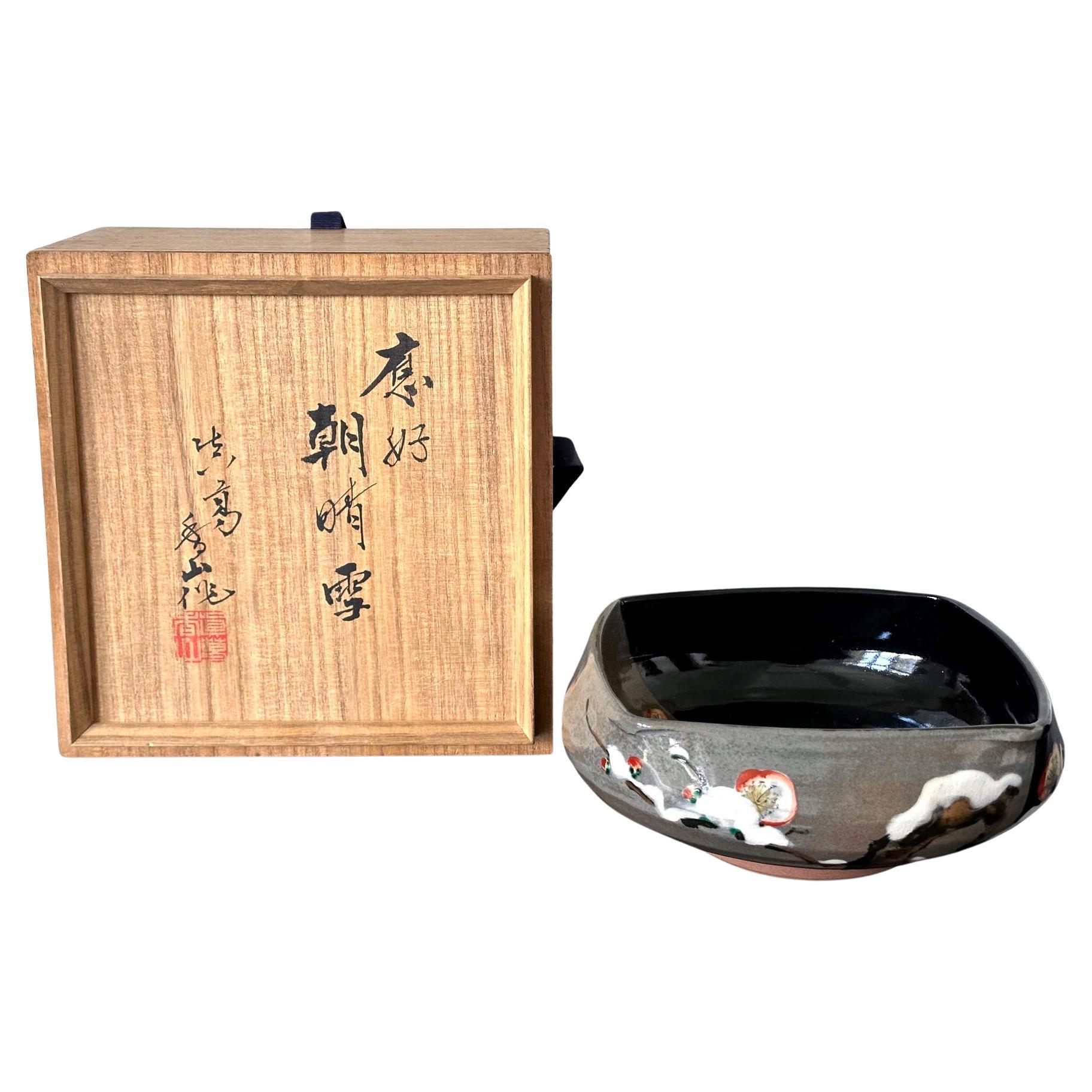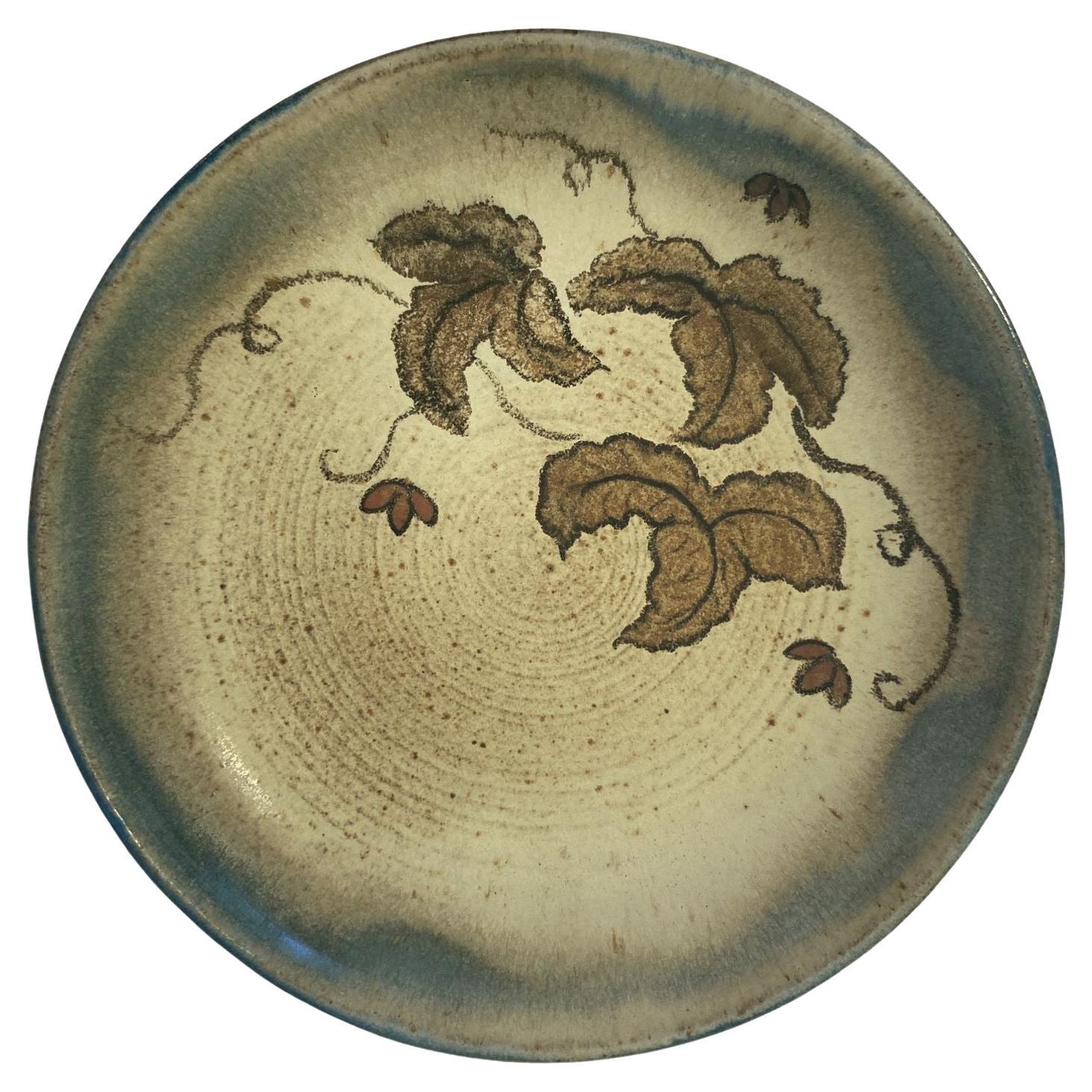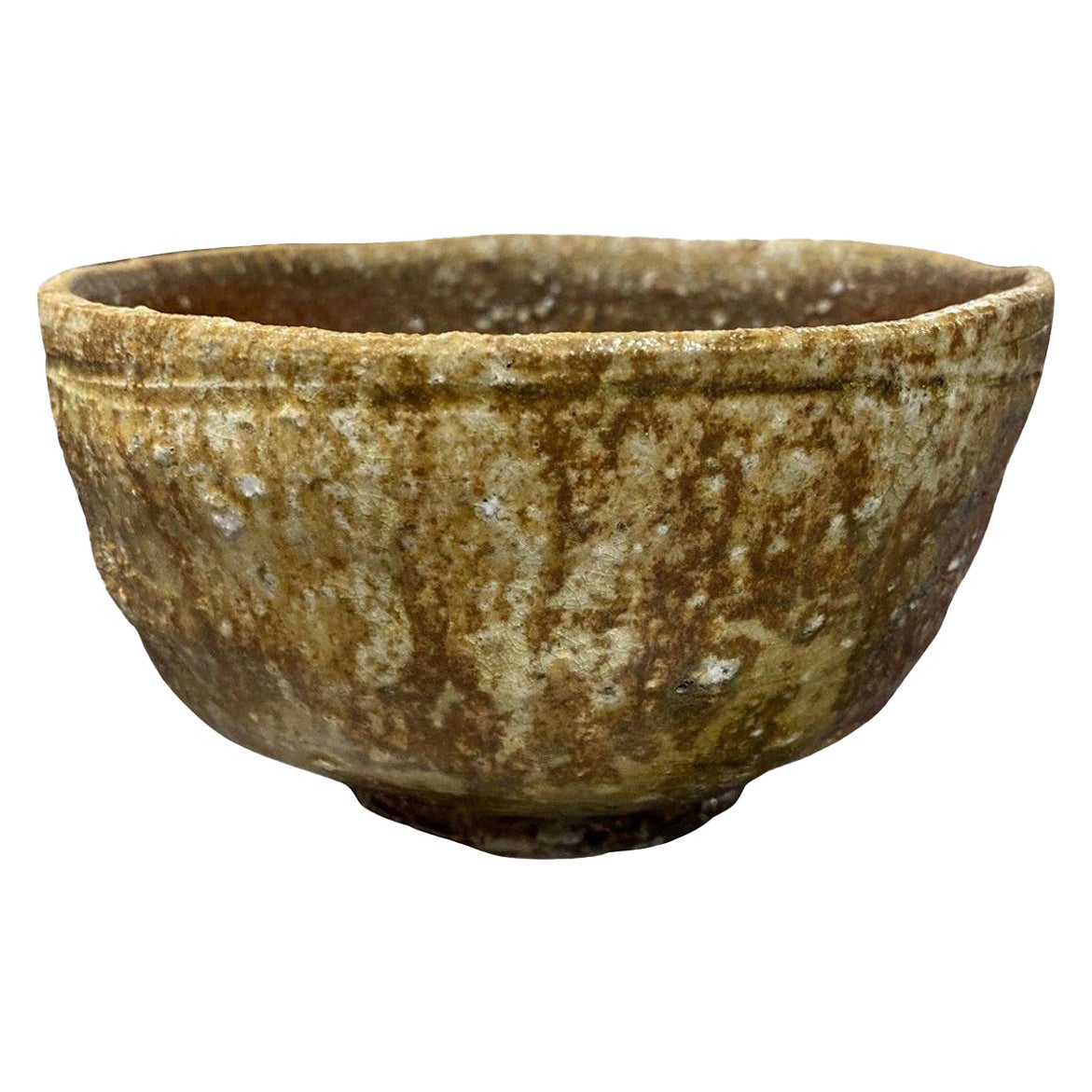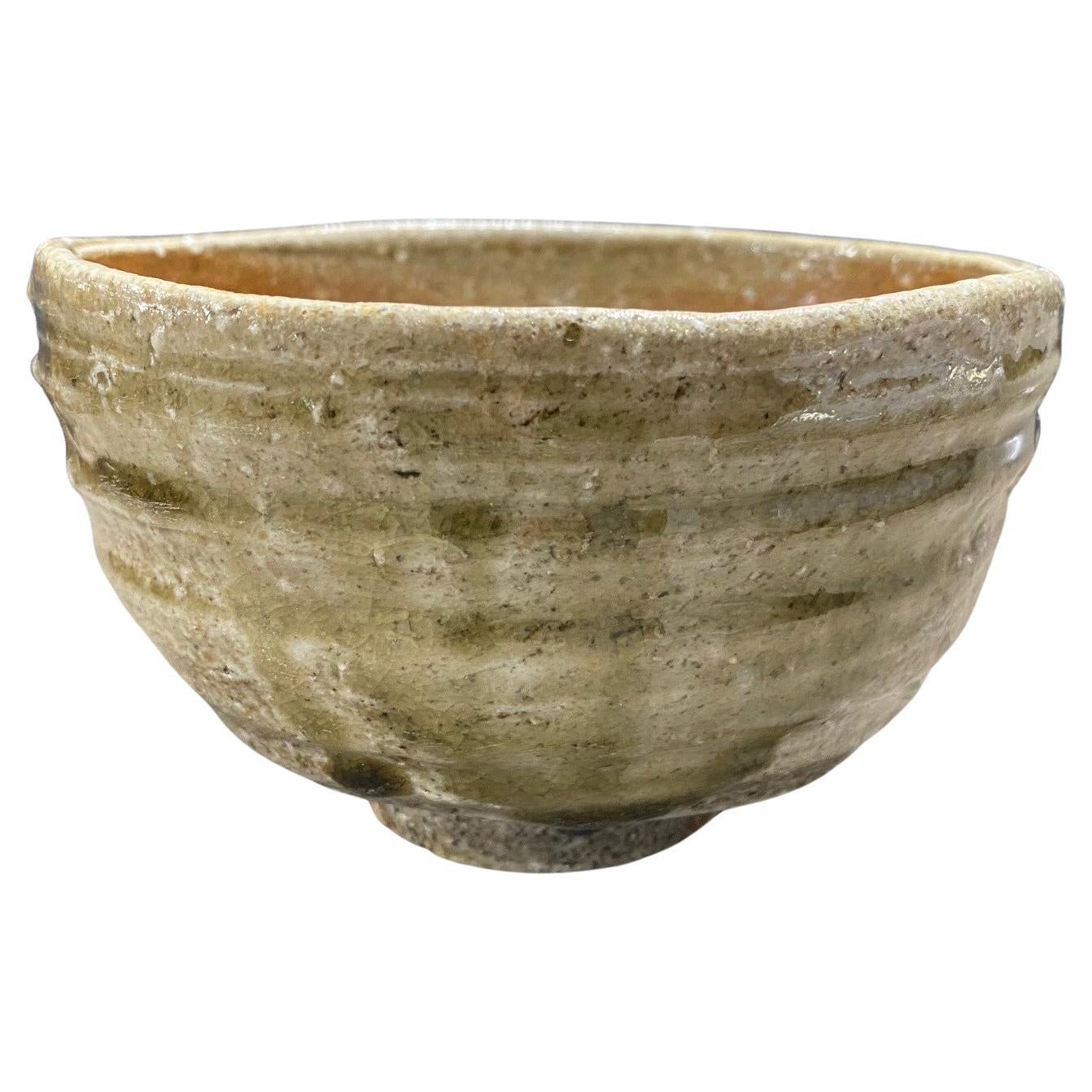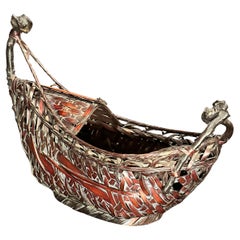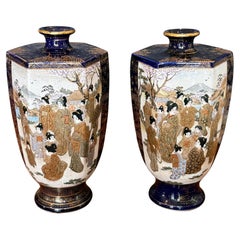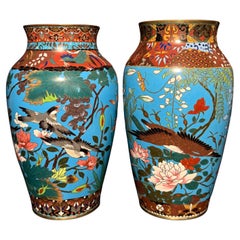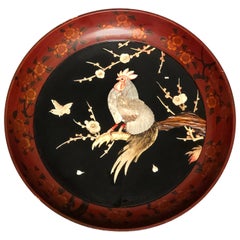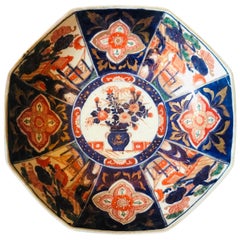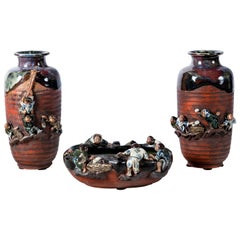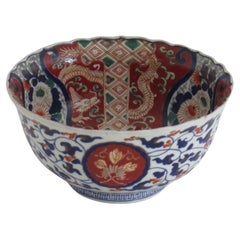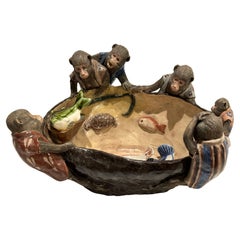
Japanese Meiji Sumida Gawa Bowl With Monkeys
View Similar Items
Want more images or videos?
Request additional images or videos from the seller
1 of 12
Japanese Meiji Sumida Gawa Bowl With Monkeys
Price:$956
$1,275List Price
About the Item
- Creator:Sumida Gawa (Maker)
- Dimensions:Height: 5 in (12.7 cm)Width: 9.5 in (24.13 cm)Depth: 7.5 in (19.05 cm)
- Style:Japonisme (Of the Period)
- Materials and Techniques:
- Place of Origin:
- Period:
- Date of Manufacture:1900
- Condition:Wear consistent with age and use. Beautiful estate condition.
- Seller Location:Norwood, NJ
- Reference Number:1stDibs: LU5080232090372
About the Seller
5.0
Platinum Seller
Premium sellers with a 4.7+ rating and 24-hour response times
Established in 1989
1stDibs seller since 2019
211 sales on 1stDibs
Typical response time: 1 hour
Authenticity Guarantee
In the unlikely event there’s an issue with an item’s authenticity, contact us within 1 year for a full refund. DetailsMoney-Back Guarantee
If your item is not as described, is damaged in transit, or does not arrive, contact us within 7 days for a full refund. Details24-Hour Cancellation
You have a 24-hour grace period in which to reconsider your purchase, with no questions asked.Vetted Professional Sellers
Our world-class sellers must adhere to strict standards for service and quality, maintaining the integrity of our listings.Price-Match Guarantee
If you find that a seller listed the same item for a lower price elsewhere, we’ll match it.Trusted Global Delivery
Our best-in-class carrier network provides specialized shipping options worldwide, including custom delivery.More From This Seller
View AllAntique Japanese Ikebana Boat Form Flower Basket
Located in Norwood, NJ
Antique Japanese woven boat shape (funagata) Ikebana flower basket, with lacquer,975 rattan, root and smoked bamboo. Fine quality weaving with wonderful patina.
Category
Early 20th Century Japanese Japonisme Decorative Baskets
Materials
Bamboo, Rattan
Pair of Blue Ground Japanese Satsuma Vases
By Satsuma
Located in Norwood, NJ
These are a very good quality pair of earthenware Japanese Satsuma vases, beautifully hand decorated and from the Meiji period, circa 1920. The vases have a hexangular shape raised o...
Category
Early 20th Century Japanese Meiji Ceramics
Materials
Ceramic, Earthenware
$2,175 / set
2 Japanese Meiji Period Turquoise Cloisonne Vases
Located in Norwood, NJ
Near pair of late Meji period turquoise ground cloisonne vases with birds and foliage motif. Bright colors with good enameling, cranes, butterflies and sparrow birds surrounded by fl...
Category
Early 20th Century Japanese Japonisme Vases
Materials
Enamel
Japanese Meiji Period Shibayama Charger Featuring Cockerel
Located in Norwood, NJ
19th century Meiji period charger/plate with cockerel beautifully realistic in layers of carved shell, mother of pearl and bone to stand in high r...
Category
Antique Late 19th Century Japanese Japonisme Decorative Art
Materials
Shell, Bone, Mother-of-Pearl, Lacquer
French Aesthetic Movement Patinated Bronze Figural Bowl/Basket
Located in Norwood, NJ
French aesthetic movement patinated and gilt bronze figural center bowl/basket, third quarter 19th century, formed as a large stylized woven ...
Category
Antique Late 19th Century French Aesthetic Movement Decorative Baskets
Materials
Bronze
Antique Qing Chinese Famille Rose Canton Porcelain Bowl
Located in Norwood, NJ
Antique Qing Chinese Export Famille Rose Canton Porcelain Punch Bowl with multiple painted panels. The exterior of this gorgeous bowl is decorated with multiple panels which include ...
Category
Antique Late 19th Century Chinese Decorative Bowls
Materials
Ceramic, Porcelain
You May Also Like
Japanese Sumida Gawa ceramic vase
By Sumida Gawa
Located in Autonomous City Buenos Aires, CABA
Sumida Gawa Japanese ceramic vase
Sumida Gawa Japanese ceramic vase decorated in relief with three ladies, two of whom are servants, with a lattice in the centre and an iridescent ef...
Category
20th Century Japanese Japonisme Vases
Materials
Ceramic
Meiji Period Large Japanese Imari Bowl Centerpiece
By Imari Porcelain
Located in Vero Beach, FL
Meiji period large Japanese Imari bowl centerpiece
This large, distinctive, octagonal porcelain Imari bowl is painted in rich, inky blue, co...
Category
Antique 19th Century Japanese Meiji Ceramics
Materials
Porcelain
$625 Sale Price
50% Off
Sumida Gawa Pottery Garniture, Japan, circa 1890-1900
By Sumida Gawa
Located in Buenos Aires, Buenos Aires
Sumida Gawa pottery garniture. Japan, circa 1890-1900.
Category
Antique Early 1900s Japanese Japonisme Garniture
Materials
Ceramic
Japanese Porcelain Bowl Hand-Painted Vines, flowers & Dragons, Meiji Ca 1860
Located in Lincoln, Lincolnshire
This is a good and very decorative porcelain footed deep bowl, hand-painted in polychrome enamels and dating to the second half of the 19th century, circa 1860, Meiji period.
The bo...
Category
Antique 19th Century Japanese Meiji Decorative Bowls
Materials
Porcelain
Ancient Japanese Bowl with Dragon
Located in Alessandria, Piemonte
O/1393 - This bowl is more antique tha I wrote. This is one piece from a large collection of ancient pottery, gathered 35 years ago and never exhibited to the public.
I woud like to sell...
Category
Early 20th Century Japanese Other Ceramics
Materials
Ceramic
Japanese Ceramic Bowl Makuzu Kozan Utusushi Kenzan
By Makuzu Kozan
Located in Atlanta, GA
A rare ceramic bowl with overglaze paint decoration by Japanese imperial potter Makuzu Kozan ((1842–1916). Unlike the better-known works Kozan made for the expositions in the west and export to the foreign market, this piece exemplifies his work for the domestic market and the tea ceremony. The bowl was made in the so called "Utusushi" Ogata Kenzan (1663-1743), a celebrated Edo painter and ceramicist. Utusushi is loosely translated as "in the spirit of". It is not at all a simple imitation of a master, but a Japanese concept of embracing the spiritual essence of a master while the creator is free to mix in his or her own unique artistic interpretation and flavor.
The bowl was made to hold fruits during the tea ceremony. It has a very distinguished form with a circular lower body morphing into a square upper portion that further opening with flared rim. The surface has a grey glaze onto which Asagao flowers (Japanese morning glory) on the vines were painted in a free and poetic style. White was used for the petals, green for the leaves with touches of gold highlight. Asagao, the symbol of the summer was rendered in the spirit of Ogata Kenzan, and interestingly the shape of the blossom echoes the unique form the bowl. It was likely reserved for the tea ceremony during the summer months.
Under the base, Kozan was signed in black on a white porcelain plaque inlay.
For two similar examples of Kozan's work Utusushi Kenzan, see Page 168-169 of the book: Sekai ni Aisa Reta ya Kimono Miyagawa Kozan Makuzu...
Category
Antique Early 1900s Japanese Japonisme Ceramics
Materials
Ceramic
